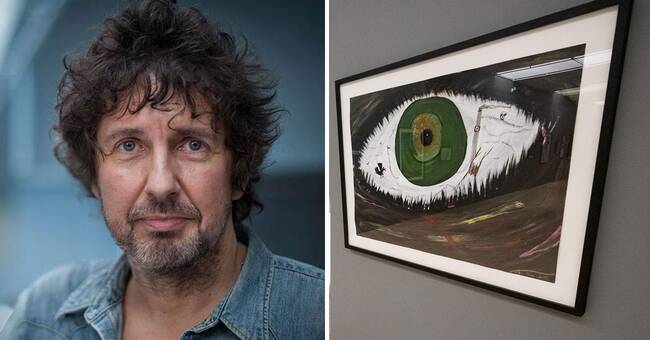Ceija Stojka's life
was dramatic to say the least.
Already as a child she survived three concentration camps: Auschwitz, Ravensbrück and Bergen-Belsen.
When she 40 years later suddenly begins to tell about her experiences in text and image, the works strike like a bomb in her native Austria.
And just a decade later, she has been awarded a number of awards for her art.
No wonder maybe.
Stojka had no education but grew up in a traveling, Roma horse-trading family.
So painted, she did it with her hands and old toothpicks.
After all, the most important thing about art is the content: what the artist has to say.
And on that front, no one will probably beat Stojka on the fingers.
What makes Stojka's
testimony extra intrusive is the artist's unique ability to portray the camps from a child's perspective.
At a glance, many of her naive paintings actually resemble children's drawings.
Children jumping on a paddock, playing peek with an adult in big boots and drawing numbers on the arm.
But in reality, Stojka's imagery is anything but naive.
Among other things, she uses a number of strong symbols: accidental crusts, smoking chimneys and the evil eye in a way that quickly turns the images into a kind of horrible, surreal nightmares.
Many of the children
, for example, thought that the female prison guards in Ravensbrück would be less mean because they had children of their own.
But the children quickly learned to hate the blonde Valkyries and their German Shepherds.
Stojka began painting in the late 80's, to remind people of the fate of the Roma.
So even though she died in 2013, we can state that she really succeeded.
For no one who has seen this mighty exhibition of her drawings and paintings from the camp will ever forget the Holocaust.

